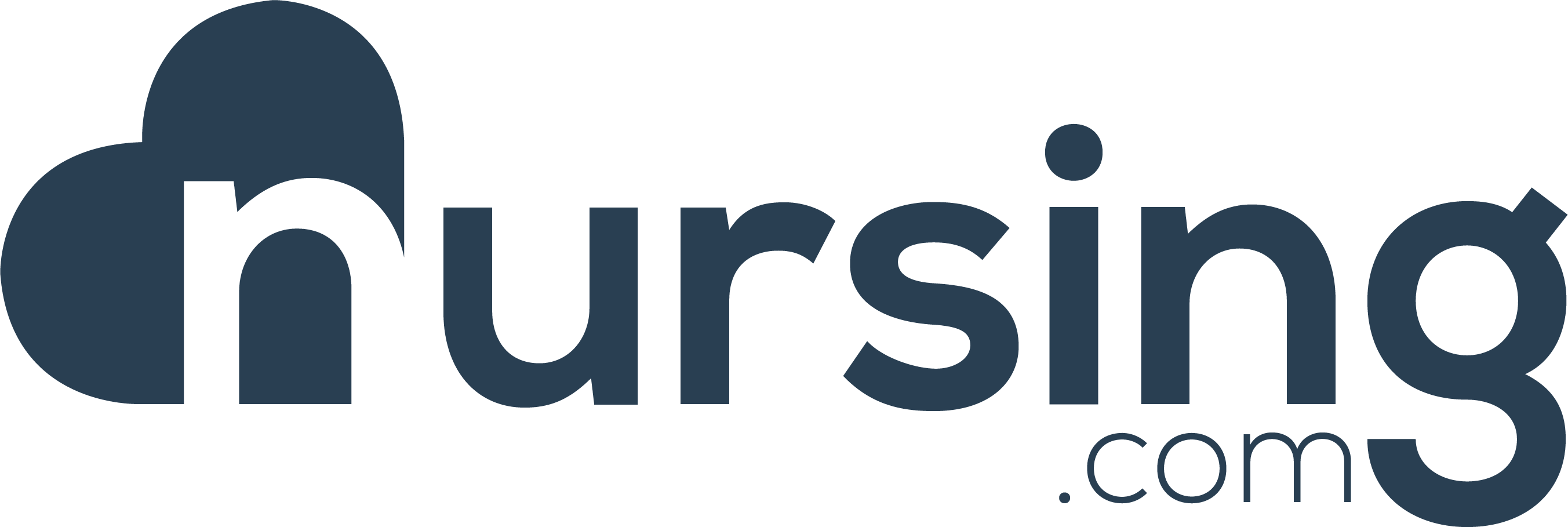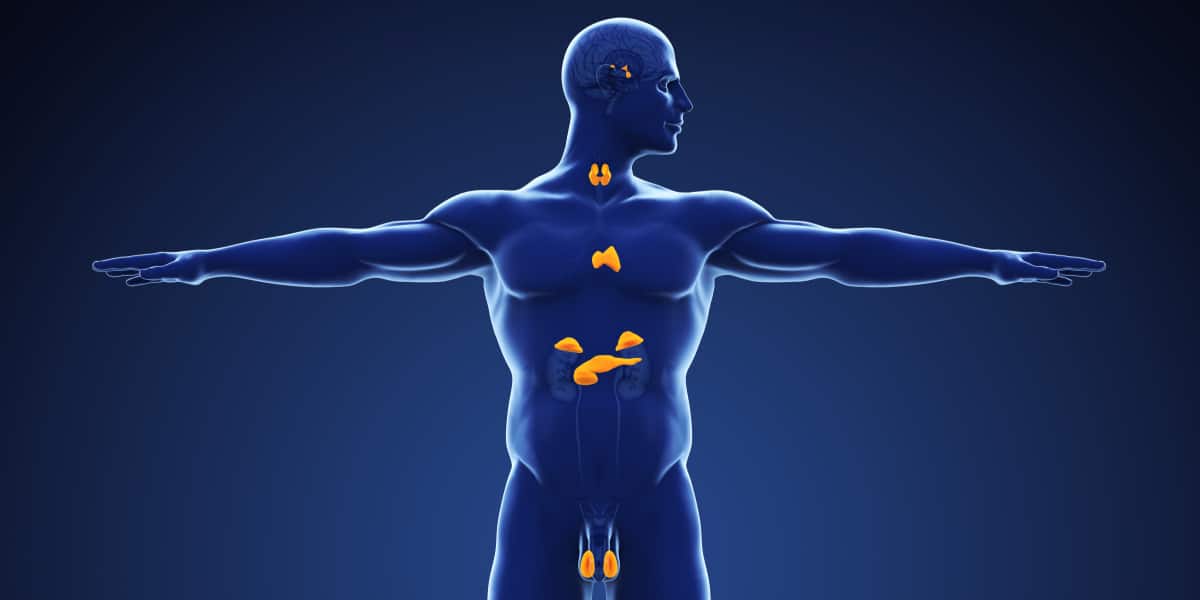Watch More! Unlock the full videos with a FREE trial
Already have an account? Log In
Included In This Lesson
Study Tools
Access More! View the full outline and transcript with a FREE trial
Already have an account? Log In
Associated Lessons
Nursing Care Plan (NCP) for Hyperosmolar Hyperglycemic Nonketotic Syndrome (HHNS) is mentioned in these lessons
Transcript
So we're going to go ahead and get into the care plan. We're going to be going in, and we're going to be writing in some of the subjective data and some of the objective data. So what are you going to see with the patient, or what will they tell you? One of the main things you're going to notice is extreme thirst. And one of the hallmarks is going to be a blood glucose level that's going to be greater than 600 milligrams per deciliter (mg/dL). They will also have a high fever. Other things you may notice are that they complain of drowsiness, confusion, any loss of vision, weakness on one side of the body, possible hallucinations, dry mucous membranes, warm dry skin that does not sweat and, and that high fever.
So one of the nursing interventions, we're going to start, we're going to make sure we're monitoring their blood glucose levels. Hallmark of HHNS is the blood glucose levels. That's greater than 600. So we want to make sure we're monitoring for that. Another intervention we're going to do is encourage optimal hydration and administer IV fluids, such as normal saline to maintain fluid balance. So we want to give IV fluids as excess urination can cause dehydration. So encouraging those oral fluids as tolerated and administering IV fluids can help reestablish the tissue perfusion and maintain electrolyte balance. Another invention we're going to be doing is giving insulin to reduce that blood glucose level; you want to monitor for hypoglycemia. So we're going to monitor the glucose levels and the serum potassium levels - as insulin is administered, potassium is lost. So you want to initiate potassium supplement as necessary. Another intervention that we're going to be doing is to make sure that we are monitoring level of consciousness. The brain is an insulin dependent tissue; with elevated glucose levels, there's not enough insulin to normalize and the patient becomes confused or dizzy, or has changes in their level of consciousness. So patients often experience drowsiness. Another intervention that we want to do is to monitor for hyperthermia.
Thermoregulation is impaired as urine production decreases and sweating decreases. So you want to be sure you're treating with antipyretics and/or giving cool compresses to help bring that down. We’re going to monitor vital signs because they can be hypotensive. And you'll notice they'll have tachycardia. So high heart rate it's most likely related to dehydration, and they are at risk for hypovolemic shock. And, as always, we want to educate; we want to make sure we're educating them as far as managing their glucose levels at home and giving them any sort of resources that they can use once they are at home.
All right, we're going to get into the key points here. So pathophysiology and etiology. This occurs in type two diabetes. When the body is unable to excrete excess sugar in the blood, the blood becomes very concentrated, but does not produce ketones. Most are caused by the common cold or a bacterial infection. Some subjective and objective data: what you're going to see with the patient is they are going to say they have extreme thirst and dehydration from excess urination, drowsiness, and confusion. The blood glucose will be greater than 600 - that is the hallmark for this condition. Warm, dry skin that does not sweat and high fever. We're going to monitor this patient. We're going to monitor vital signs, looking for hypotension, tachycardia, fever, glucose levels, LOCs, and hyperthermia Administer medications; we're going to administer IV fluids such as isotonic solutions to keep them hydrated, regular insulin, and antipyretics. And there you have that care plan.
You guys did awesome. We love you guys. Go out, be your best self and, as always, happy nursing.
View the FULL Transcript
When you start a FREE trial you gain access to the full outline as well as:
- SIMCLEX (NCLEX Simulator)
- 6,500+ Practice NCLEX Questions
- 2,000+ HD Videos
- 300+ Nursing Cheatsheets
“Would suggest to all nursing students . . . Guaranteed to ease the stress!”


